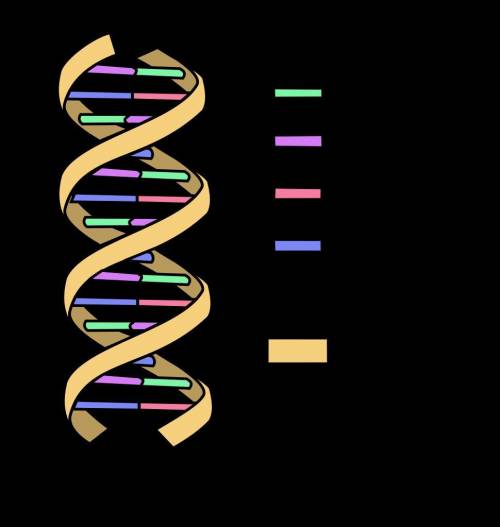B
Explanation:
If you see the image attached, the edges of this "ladder" is made up of the phosphate groups and the insides of nitrogenous base pairs (ATCG). That is why we call this a ladder, in which we have a phosphate backbone and nitrogenous base stairs or "rungs".
Answer choices C and D are not even close to the right answer. They have nothing to do with DNA. Just try and remember that base pairs A, T, C, and G go on the inside & each strand has a phosphate backbone (edges).
Hope this helps!
